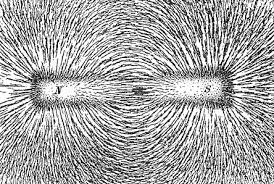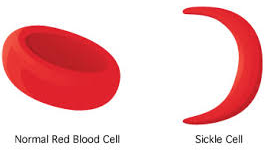Science > Physics > Magnetism > Magnetic Field and Magnetic Lines of Force In this article, we shall study the concept of a magnetic field, magnetic lines of force, types of magnetic material. When a magnetic needle is kept on a wooden table it comes to rest in the north-south direction. If another magnet is […]








